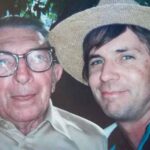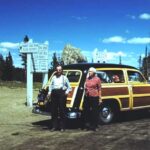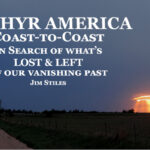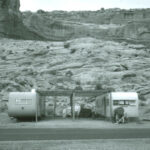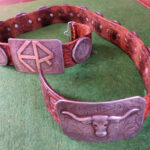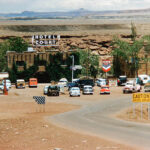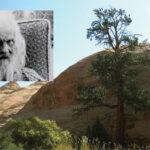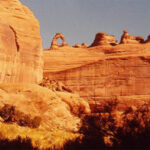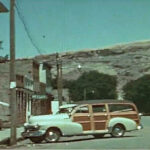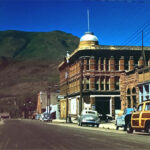
From Edward Abbey’s “The Journey Home”
“The town of Telluride was actually discovered back in 1957, by me, during a picnic expedition into the San Miguel Mountains of southwestern Colorado. I recognized it at once as something much too good for the general public. For thirteen years I kept the place a secret from all but my closest picnicking cronies. No use: I should have invested everything I had in Telluride real estate. In 1970 a foreigner from California named Joseph T. Zoline moved in with $5 million and began the Californica-tion of Telluride. Formerly an honest, decayed little mining town of about good souls, it is now a bustling whore of a ski resort with a population of 1,500 and many more to come. If all goes badly, as planned…
… Men weep, men pray and kneel, but money talks. Money walks and talks and gets things done.
— EA

